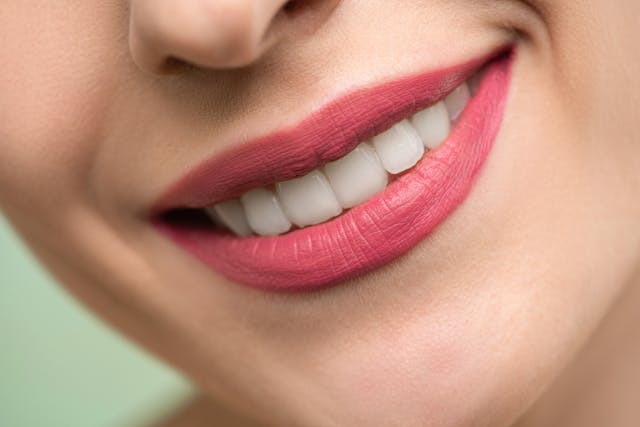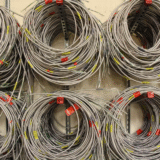
Between Teeth Brush vs. Traditional Floss: Which is Better
Keeping your teeth clean is essential for maintaining good oral hygiene, but regular brushing only covers part of the job. While brushing your teeth cleans the visible surfaces, it leaves the spaces between your teeth largely untouched, which is where an interdental brush comes into play. As the name suggests, a between teeth brush, or interdental brushes, are designed for the areas between the teeth, and these specially designed brushes are perfect for getting into those tight or wide gaps that a traditional toothbrush can’t reach.
Interdental brushes are small, with bristles attached to a thin wire, much like the bristles of a mascara wand. These wires get mounted on short handles similar to a toothbrush but typically more compact, allowing for greater precision. The brushes come in various sizes to suit the gaps between teeth. Some models are even made specifically for those with orthodontic braces, making them a versatile tool in oral care.
Brushing Isn’t Enough!
Many people are unaware that brushing alone only cleans about 60% of the surface area of your teeth. The remaining 40% consists of those hard-to-reach spots are between your teeth. When you incorporate flossing or interdental brushes into your daily routine, you can more effectively remove food particles and bacteria, which helps prevent the buildup of plaque and tartar, which can lead to serious oral health issues if left unchecked.
To use an interdental brush, insert it gently between your teeth and move it back and forth. The brush works by dislodging food debris and plaque from the spaces that regular brushing misses. Adding this step to your oral care routine can make a huge difference in maintaining clean teeth and healthy gums.
Between Teeth Brushes Reign Supreme!
The question of whether flossing or using an interdental brush is more effective has been the subject of numerous studies. While both methods are beneficial, research suggests that interdental brushes have a slight edge. When used manually, interdental brushes remove more plaque and reduce gum inflammation more effectively than floss. This is particularly important for individuals with moderate to severe periodontitis, as the larger spaces between their teeth may benefit more from using an interdental brush.
While the differences may seem small, patient preferences and clinical results both lean toward interdental brushes as the superior option for maintaining oral health, especially for those struggling with gum disease or more significant gaps between teeth.
Cleaning Between the Teeth
Regularly cleaning between your teeth with interdental brushes provides several critical benefits for your oral health:
Convenience and portability – Interdental brushes are small, lightweight, and easy to carry. Whether you’re at work, at school, or even on a road trip, you can easily slip one into your bag and use it when needed. Some people even make it part of their daily routine while driving or during their lunch break.
Prevents tooth decay and gum disease – Using an interdental brush helps remove plaque and bacteria that cause gum disease and tooth decay. It’s a vital addition to your brushing routine for keeping your gums healthy and preventing cavities.
Allows you to monitor your oral health – When you take the extra time to clean between your teeth, you also get a closer look at the condition of your mouth, giving you a chance to spot any early signs of trouble, such as redness, swelling, or irritation, which could indicate gum disease or other oral health concerns.
TepeUsa is actively increasing consciousness regarding the significance of proactive oral hygiene, given that the correlation between oral well-being and overall health holds more excellent value now than before. They provide remedies that advocate for enduring oral health, consequently enhancing the quality of life for individuals around the globe.



